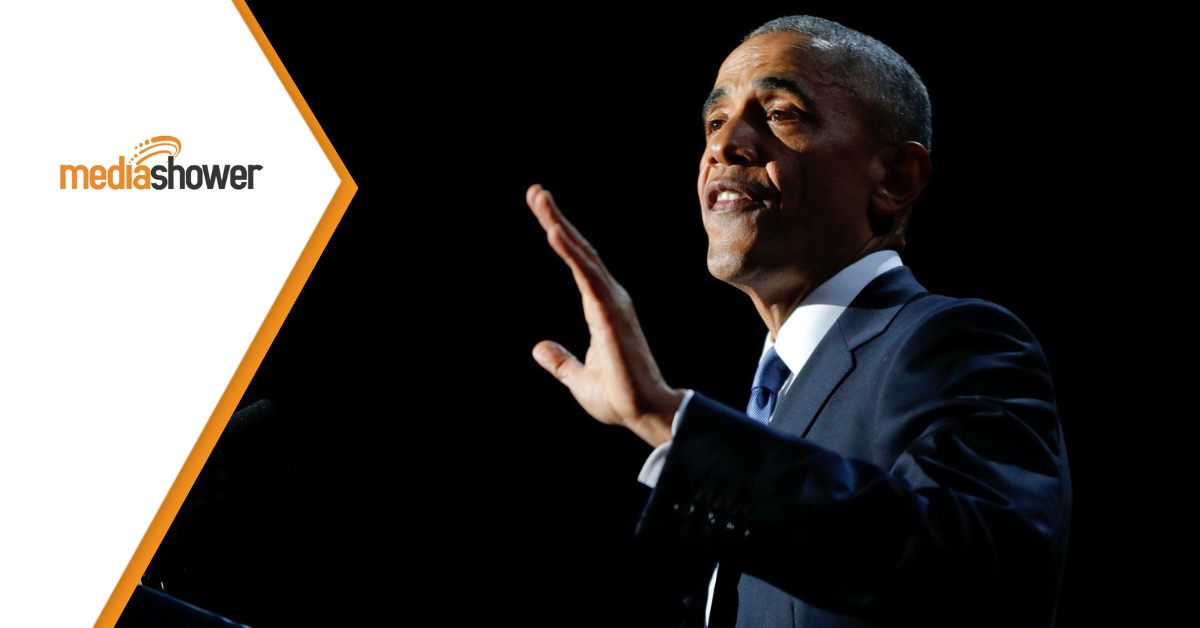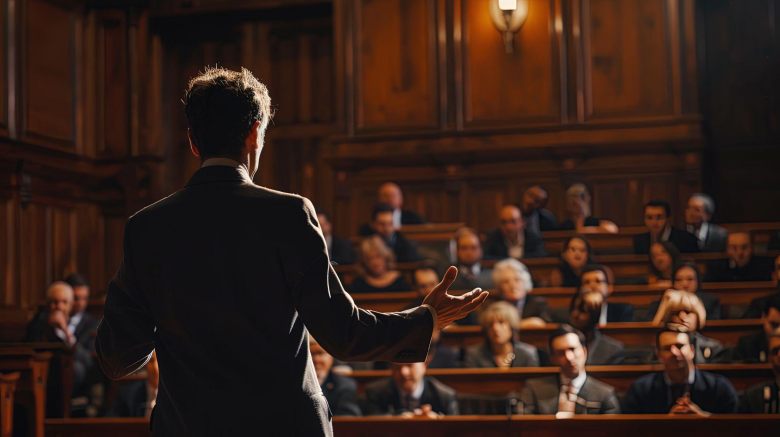
TL;DR: Following the 2008 Nashua, New Hampshire, Democratic presidential primary, would-be President Barack Obama delivered a landmark speech focusing on hope, change, and the promise of a better tomorrow. His “Yes We Can” speech touched audiences worldwide, sparking voter action at home and planting the seeds of his successful presidential bid.
So What: President Obama’s “Yes We Can” speech is a masterclass in rhetoric. It involves, engages, inspires, and persuades people far beyond the shores of the US. It demonstrates the efficacy of rhetorical techniques like repetition, allusions, and inclusive language interspersed with droplets of historical storytelling.
“We’ve been warned against offering the people of this nation false hope. But in the unlikely story that is America, there has never been anything false about hope.”
On January 8, 2008, in Nashua, New Hampshire, Hillary Clinton won the popular vote in the state’s Democratic presidential primary. The night would go into history books for a different reason, however. Runner-up and then-Democratic presidential nominee hopeful Barack Obama delivered a speech that would touch hearts and minds across the globe, firmly establishing him as the most likely future leader of the country.
“That’s what’s happening in America right now; change is what’s happening in America.”
President Obama’s “Yes We Can” speech is a perfect example of a successful call to hope, unity, and collective action. The speech engages, motivates, energizes, and inspires through the multitude of rhetorical techniques it employs. Barack Obama uses inclusive language mixed with repetitions, allusions, and a touch of storytelling prowess, carefully portioned and diluted with meaningful political pledges.
The would-be President’s message is so simple, crisp, and inspiring that it turned into a global rallying cry of hope and positive change. Change is possible, says Obama. And our forebears, again and again, answered those telling them they couldn’t bring it about with “Yes We Can!”
The Use of Repetition
In a rhetorical context, repetitions express emphasis, determination, and defiance. They also act as encouragement, convincing the audience that something audacious is possible. Obama’s speech is rife with repetitions. He exploits this rhetorical technique skillfully, combining it with antitheses for added impact.
He contrasts being far behind in the campaign with the outcome, which saw people come out in record numbers and speak up for change.
“There is something happening,” Obama remarks. He latches on to this observation, using it several times to paint an engaging and enthusiastic picture of people turning out to vote “not just for the party they belong to, but the hopes that they hold in common.”
Other repetitions he uses are “we will” and “we can,” involving all listeners, empowering, inspiring, motivating, and persuading them. At the same time, as he identifies with his audience, the would-be President paints a concrete picture of the changes that voters would enable his administration to enact.
“We will end this war in Iraq and bring our troops home.” “We can stop sending our children to schools with corridors of shame.”
The leitmotif of the speech is the powerful affirmation, “Yes We Can.” The double positive states, assures, and intensifies. It provides a collective affirmation of hope and possibility. By repeating this mantra, the orator builds a sense of solidarity and shared purpose among listeners.
“For when we have faced down impossible odds, when we’ve been told we’re not ready or that we shouldn’t try or that we can’t, generations of Americans have responded with a simple creed that sums up the spirit of a people: Yes We Can. Yes We Can. Yes We Can.”
 Repetition conveys passion and enhances persuasion.
Repetition conveys passion and enhances persuasion.
Weaving in Historical Storytelling
Placing the central affirmation of his speech into various historical contexts, the aspiring President uses the power of words and storytelling to ignite in our imaginations a montage of historical images akin to a video that flashes before our eyes.
He lists inspirational moments from US history, aligning them with his message. From the founding fathers to freedom-thirsty slaves and hopeful immigrants to a “president who chose the moon as our new frontier,” people on the right side of US history always chose justice and equality against overwhelming odds.
“It was whispered by slaves and abolitionists as they blazed a trail towards freedom through the darkest of nights: Yes We Can.”
Depicting Martin Luther King Jr. as the “King who took us to the mountaintop and pointed the way to the promised land,” the future President assumes ownership of the ideals these historical figures embodied, taking responsibility for continuing the fight.
Using Inclusive Language
“I’m an Australian, and for the first time in my life, I wish I was American,” says a commenter under a video of the “Yes We Can” speech.
Barack Obama addressed the entire world in this oratory masterpiece, his inclusive language not lost on anyone hopeful for a better future.
 Included people are participants, not mere observers.
Included people are participants, not mere observers.
Inclusive language helps orators break down the barriers between them and their audience. President Obama uses “we” and “us” throughout his speech. By doing so, he positions himself as part of the audience, sharing his listeners’ purpose and creating a sense of unity.
“Together, we will begin the next great chapter in the American story with three words that will ring from coast to coast, sea to shining sea: Yes We Can.”
By involving his audience in what he aims to accomplish, he invites people to assume psychological ownership of his goals. Personal investment is a powerful motivator of commitment and engagement. Calls to action will not fall on deaf ears with an invested and committed audience.
Communication Lessons from Obama
In his “Yes We Can” speech, President Obama engages, involves, and electrifies a global audience. As a professional communicator, here’s what you can learn from it:
- Be passionate. Skillful repetition adds suspense and passion to the core message, making it more memorable. “Yes We Can” is a powerful call to action and an expression of confidence in collective capability.
- Align your message with history’s greats. Historical references associate your message with well-known and regarded personalities and values. Specific references stimulate the imagination, adding a visual aspect to your rhetoric and enhancing your power of persuasion. Obama’s reference to Martin Luther King Jr. establishes a powerful historical context for what he intends to accomplish.
- Speak to everyone. Inclusive language sets a shared purpose and creates a sense of unity. It establishes a strong emotional connection, bestowing a sense of psychological ownership on the audience. Using pronouns like “we” and “us” turns audience members from passive observers to active participants. Active participants are always more likely to take action.
Can we turn you into a marketing superstar with our end-to-end content services? Yes We Can. Sign up for the Media Shower free trial and see what our platform can do.